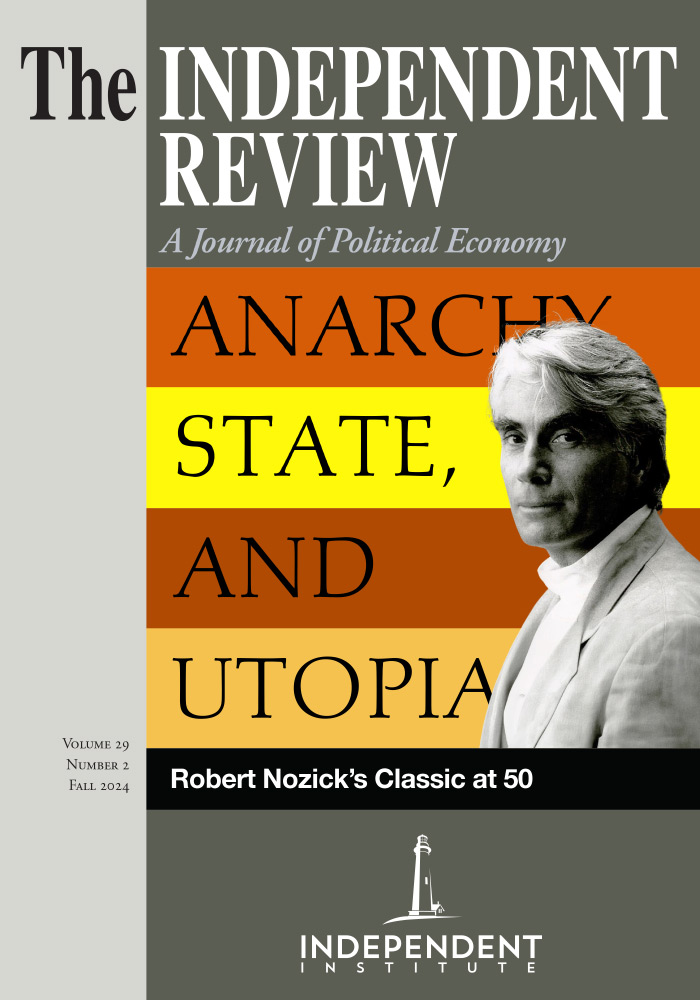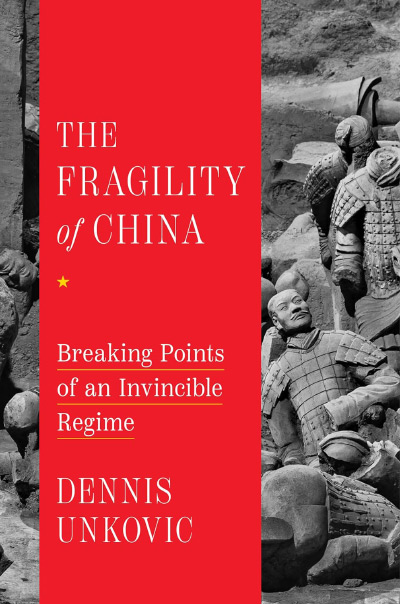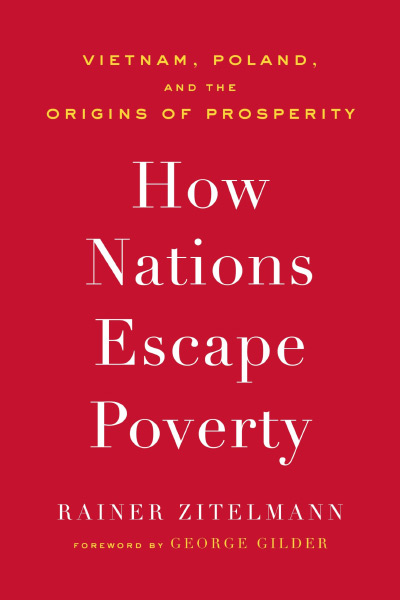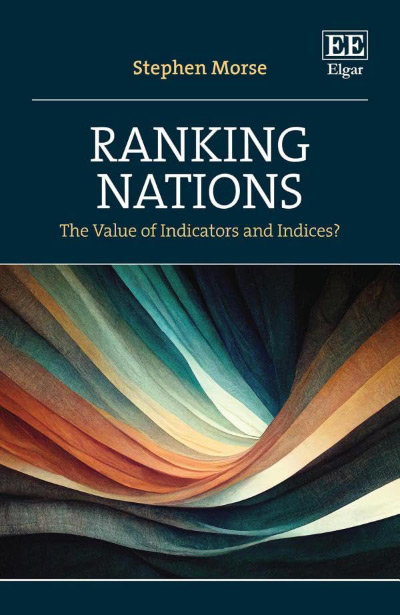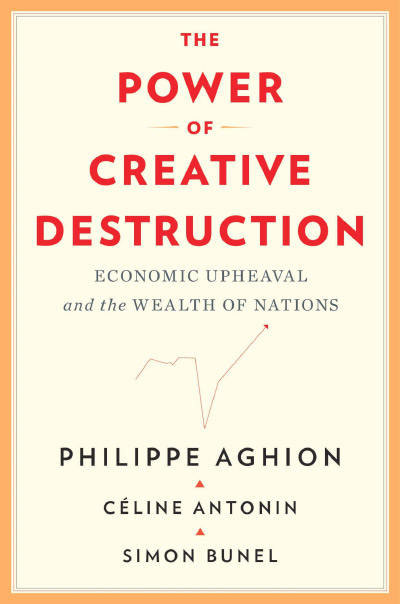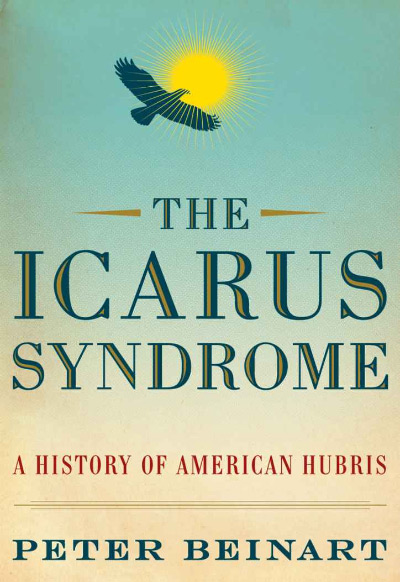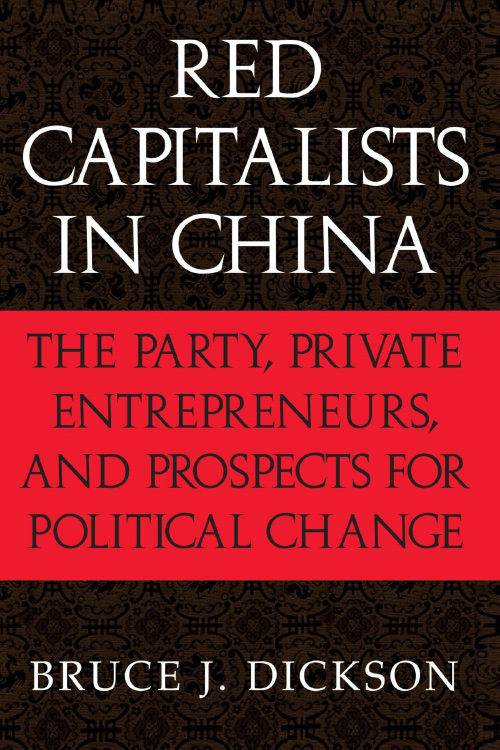Many around the world view events in China in the last forty-plus years as world-changing. Its first three decades in power having completed the destruction of Chinese freedom and cosmopolitanism (a process that had begun in 1927 under Chiang Kai-Shek’s Nationalist Party), the Communist Party of China (CCP) acknowledged China’s desperate poverty and in the late 1970s began economic reforms. Over the next several decades the population of what was until recently the world’s most populous country achieved significant prosperity. This time, during which the Chinese lifted themselves from one of the world’s poorest countries to solid middle-income status, can properly be described as a miracle, albeit an unfinished one.
But perhaps the CCP succeeded too well. Contrary to the expectations of some, China has not become a more politically liberal society, even as its economic and corresponding military advance has raised alarms. In The Fragility of China Dennis Unkovic, a China hawk, begins by presenting in abbreviated form the argument for the threat that CCP rule over one-sixth of the world’s population poses. But he goes on to suggest that the CCP, and today’s China, actually have feet of clay. The bulk of the book presents a series of assertions about present Chinese economics, society, and politics that call its continued geopolitical rise into question.
The author begins by introducing President Xi Jinping, and the Chinese historical resentments he cultivates in the interests of the CCP and of him personally. Borrowing a term from his broader work, Unkovic terms these thirteen developments MAXTRENDS. Having constructed an idea of a dangerous China with real strengths but unappreciated vulnerabilities, he then gives advice to Western governments on what to do about the threat. This advice includes efforts to reinforce Western technological and military leadership, and to combat Chinese influence in Africa and in international organizations.
With respect to the most interesting part of the book for the non-specialist, Unkovic argues that China, while not devoid of strengths, has weaknesses that are underemphasized when people depict it as a towering foe destined to dominate the rest of the century. The author is not a scholar, and this is not a scholarly book. But he is someone with extensive business experience in China, and in other countries in that part of the world. The book has few references or notes, and those who are familiar with both the scholarship and recent sophisticated reporting on China will not learn much from reading it. With that said, scholars whose expertise lies in, say, the idea of liberalism rather than China may find it of use, and to those without either background there is a certain iconoclastic tone to the book.
The thesis is that the Communist Party of China and Xi Jinping in particular are tremendous forces for ill, but that the China under its rule is beginning to wane as a geopolitical threat. He documents that the Chinese economy is a mess, substantially because of the increased control over economic activity exerted by the central government under Xi’s leadership. In the mid-2010s, with China yet to become a fully developed economy, the housing market—both new and used—began to occupy a disproportionally large share of economic activity. Opposing the speculative frenzy, Beijing first in word and then in deed sought to pop the bubble. The policy if anything was too effective; the housing market is currently struggling, and the government now faces the opposite problem, perhaps substantially of its own making—collapsing housing prices are dragging down the broader economy.
The gyrations in the housing market are emblematic of China’s current difficulties. Individual markets go up and go down constantly of course, and not just in China. But, as the author notes, in China a more substantial problem is the growing government fear of and hence limitations on paradigm-changing spontaneous economic reordering, of the sort at which Chinese entrepreneurs and the firms they built were becoming more adept. As I have argued elsewhere (Evan W. Osborne, Markets with Chinese Characteristics: Economic Liberalism in Modern China, Vancouver, Classical Liberal Press, 2024), this problem is a growing threat to China’s economic future. The author contends that China is overextended geopolitically given its economic weakness,
If there is a deficiency in the book (given the author’s framework), it is that economic analysis plays a fairly small role. There is discussion of the recent collapse of housing prices and of corruption, but little attempt to tie it together under a broader framework of the Communist Party’s actual economic policy and thought. More broadly, there is also little discussion of the Han Chinese-centric aspect to the Party’s totalitarian rule. One could argue that ethnic and religious minorities are a modest share of the population compared to what prevails in Western countries, and the increasingly potent Chinese surveillance state along with the movement of ethnic Han into places once dominated by Tibetans or Manchus, for example, makes such minorities almost no threat despite the abuses they suffer. But no attempt to address the issue, even if merely to dismiss it, is even made.
But the book will certainly do as a counterpoint for the non-expert to the years of the now less-common but still-substantial praise of the Chinese economic and even social model. Because of its dictatorial government, we are sometimes told, China is capable of addressing problems (such as climate change) that free societies—paralyzed by interest groups constantly petitioning the government for redress of their selfish grievances—cannot. But control means stagnation at best and oppression at worst, and this book at a simple level reminds us of that.
The author does have a good understanding of modern Chinese history, which he presents in very abbreviated form, and the book thus also serves as a useful if modest contrast to a primary strain of thought in recent decades in Western historical scholarship, which treats China’s experience since the First Opium War ended in 1842 as a flawed journey, but one which, especially after 1949, nonetheless in total left the Chinese people free from de facto colonial rule, addressed their economic and social inequities and thus left them better off. (The classic work in this regard is Jonathan D. Spence’s The Gates of Heavenly Peace: The Chinese and Their Revolution, New York: Penguin, 1982). But another interpretation is that the CCP’s triumph began the last stage of a disastrous derailment beginning in the 1920s of a China that was beginning to show promise in building a liberal society precisely because its political leadership was at that time so weak. This work serves as a useful if modest introduction to the contrary idea that the primary problem for the Chinese people now is that its current totalitarian leadership is, amid Xi’s monopolization of power and exerting of ever-more domestic control, anything but weak domestically, yet aggressive internationally, even as it is now presiding over an increasingly failed society.
| Other Independent Review articles by Evan Osborne | ||
| Winter 2024/25 | Marine Shell Beads as Primitive Money in Mississippian Culture | |
| Spring 2012 | China’s First Liberal | |
| Summer 2008 | Commerce Is Beautiful | |
| [View All (4)] | ||

